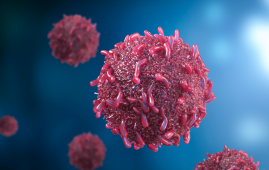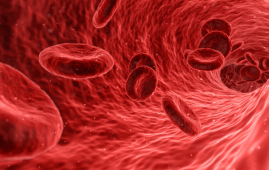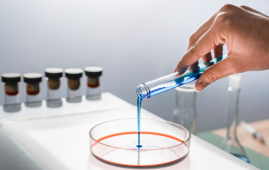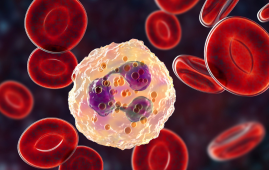

A group of microbiologists from Stanford, Yale, the Karolinska Institutet, Rutgers, The State University of New Jersey, and The State University of New Jersey have created a straightforward, low-cost LAMP-based technology that may be used to identify low amounts of pathogens in patient samples. In the journal Science Advances, the researchers outlines the elements that went into creating the gadget.
One of the lessons from the global pandemic was the requirement for an inexpensive, user-friendly tool that can identify a COVID-19 infection before symptoms appear. Such individuals should be kept apart in order to stop the disease’s spread. The research team asserts that they have created just such a device in this latest endeavor.
The researchers began by thinking that their gadget would need to recognize viral DNA rather than circulating antigens when they were developing it. That would enable the detection of an infection even before the immune system became significantly active. And as a result, they started developing a point-of-care (POC) device using loop-mediated isothermal amplification (LAMP) technology.
It functions by gathering pathogen DNA into balls after it has been concentrated. The team discovered that the balls could be examined using an electrical signaling device to detect the particular virus. Additionally, the quantity of balls in a sample would reveal the pathogen’s level of concentration.
SARS-CoV-2, HIV, and the tuberculosis bacterium could all be detected in low amounts when the device was tested using saliva samples. They also discovered that it could be mass produced affordably and made tiny enough to be sold at almost any location and utilized by unskilled persons. In less than an hour, it also provided results.
The tool could also be used to identify bacterial enzymes linked to pathogens that are developing antibiotic resistance. In order to trademark their technology and launch it as quickly as possible, the researchers intend to carry out additional study.
more recommended stories
 Silica Nanomatrix Boosts Dendritic Cell Cancer Therapy
Silica Nanomatrix Boosts Dendritic Cell Cancer TherapyKey Points Summary Researchers developed a.
 Vagus Nerve and Cardiac Aging: New Heart Study
Vagus Nerve and Cardiac Aging: New Heart StudyKey Takeaways for Healthcare Professionals Preserving.
 Cognitive Distraction From Conversation While Driving
Cognitive Distraction From Conversation While DrivingKey Takeaways (Quick Summary) Talking, not.
 Fat-Regulating Enzyme Offers New Target for Obesity
Fat-Regulating Enzyme Offers New Target for ObesityKey Highlights (Quick Summary) Researchers identified.
 Spatial Computing Explains How Brain Organizes Cognition
Spatial Computing Explains How Brain Organizes CognitionKey Takeaways (Quick Summary) MIT researchers.
 Gestational Diabetes Risk Identified by Blood Metabolites
Gestational Diabetes Risk Identified by Blood MetabolitesKey Takeaways (Quick Summary for Clinicians).
 Phage Therapy Study Reveals RNA-Based Infection Control
Phage Therapy Study Reveals RNA-Based Infection ControlKey Takeaways (Quick Summary) Researchers uncovered.
 Pelvic Floor Disorders: Treatable Yet Often Ignored
Pelvic Floor Disorders: Treatable Yet Often IgnoredKey Takeaways (Quick Summary) Pelvic floor.
 Urine-Based microRNA Aging Clock Predicts Biological Age
Urine-Based microRNA Aging Clock Predicts Biological AgeKey Takeaways (Quick Summary) Researchers developed.
 Circadian Control of Neutrophils in Myocardial Infarction
Circadian Control of Neutrophils in Myocardial InfarctionKey Takeaways for HCPs Neutrophil activity.

Leave a Comment